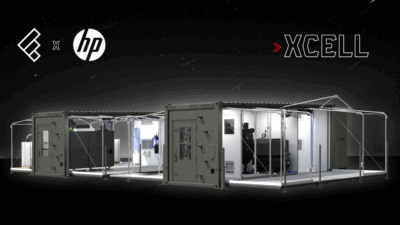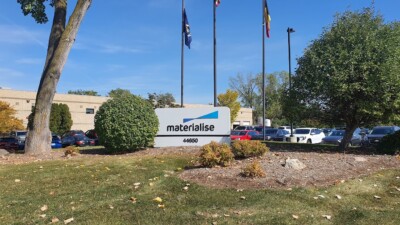Machine learning enables real-time optimization of deposition paths for wire-arc DED.
Additive manufacturing (AM) can transform the production process in a host of industries, particularly with metal AM technologies. For example, directed energy deposition (DED), can enable the production and repair of large, complex metal parts for aerospace, energy and defense applications.
Unfortunately, quality control issues such as material or process consistency have hampered a wider adoption of DED but a comprehensive review by engineers and materials scientists at Ningxia University in China could help ameliorate the situation. Focusing on wire-arc DED, the researchers considered several new strategies for improving metal AM parts, including path planning, process monitoring and post-processing.
“This technology is ready to grow, but it needs intelligent quality control to do so,” said lead researcher professor Bintao Wu in a press release. “Our review shows how we can build smarter, more predictable systems that fix problems in real time instead of after the fact.”
More specifically, the review highlights advances in machine learning algorithms that predict weld bead geometry and interlayer heat accumulation, enabling real-time optimization of deposition paths and which, according to the researchers, can reduce thermal stresses by up to 40%.
The researchers also found that other advances in real-time monitoring of wire-arc DED processes, including multispectral imaging and melt pool diagnostics, resulted in a 70% reduction in defect rates in laboratory conditions by enabling rapid adjustments in deposition parameters to minimize the formation of cracks and voids.
Auxiliary processes, such as magnetic arc oscillation, interpass cooling and ultrasonic peening, can improve material integrity by refining grain structures and mitigating porosity, while direct aging without homogenization and other novel post-processing methods achieved yield strengths exceeding 700 MPa in Inconel 718 and related alloys.
Despite these advancements, the researchers also reported that anisotropy and unpredictable phase transformations are still ongoing issues, particularly for high-strength alloys that undergo rapid solidification. However, they also believe that the use of multi-energy fields and simulations of deposition outcomes based on process data could help address this issues.
“This is a critical moment for additive manufacturing,” said Wu. “With the right strategies, we can move from potential to industrial reliability.”
The research is published in the International Journal of Extreme Manufacturing.



